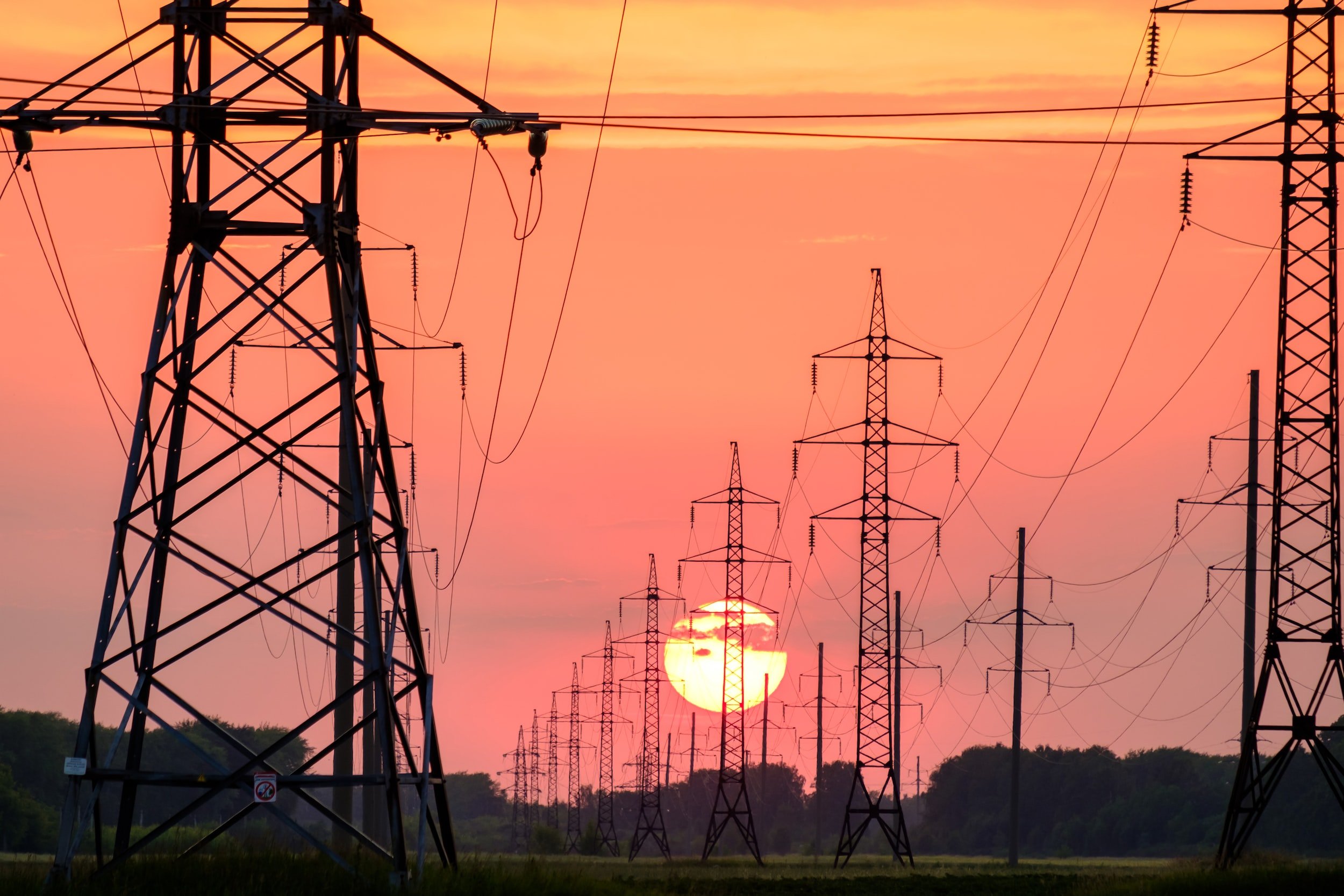TIMES RED BOX: Energy efficiency can drive economic growth

The autumn statement will be the most important fiscal event since the financial crisis of 2008. The energy crisis is still in full swing, and while many are uncomfortable with the cost of such a vast intervention, the energy price guarantee was probably the right thing to do given the circumstances.
As the chancellor has made clear, though, for the sake of taxpayers it cannot last for ever. As with the huge financial support provided during Covid, there will be a price to pay in our economy of unsustainable public expenditure, and growth — not more borrowing — needs to be the goal. Tough choices lie ahead. And in the energy space, there are some potential big wins at hand.
The surge in offshore wind is already bringing down bills, but also generating growth in parts of the country that benefit hugely from it. According to the Winter Power Tracker from the Energy and Climate Intelligence Unit the majority of power generated in the first 40 days of the winter period has come from renewables, thereby reducing the amount of gas we need to buy on the international market.
Generating more of our own energy will be critical in the years to come. But with the price guarantee likely to end in April for those who aren’t among the most vulnerable, we also need to think about not just the supply side of energy, but the demand side too. The 1922 BEIS Committee, which I chair, came up with some of the solutions and published our cost saving ideas in April this year.
We are now conducting an inquiry into energy market reform, looking at options for more targeted support for households and businesses, fuel-poverty policies, barriers to deploying renewable energy and tackling the energy crisis while stimulating growth.
There is one “low hanging fruit” that the government should focus on, which is that more efficient use of energy can make our economy more productive and also boost economic activity. In previous decades energy efficiency alone has accounted for up to 25 per cent of the country’s economic growth. In addition, warm homes keep us healthier and therefore more productive. Poor health from poor housing costs the NHS £1.4 billion every year.
A focus on energy efficiency has three major benefits. First, with the price guarantee set to support the most vulnerable next year, greater energy efficiency would help to reduce the cost of bills borne by the taxpayer, insulating us from future shocks. Second, a drive for efficiency is a drive for growth and jobs, particularly in the small businesses dotted around the country that make up the army of installers and fitters. Third, energy efficiency will have a major impact in reducing usage and so could significantly cut our need to import gas.
Couple this with the good work the government is doing in increasing offshore wind capacity in our waters and we are on our way to a cheaper, more secure energy system. The Contracts for Difference scheme which the government has used to secure competition among offshore wind firms, is now paying back billions, effectively subsidising bills. We need to lock the cheap cost of renewables into bills, and reform of the energy market is needed to do this. Gas has been setting the “marginal price” for all generators and we need to break this link.
Better reflecting the dynamics of supply and demand will also, as we see this winter, bring benefits. National Grid providing incentives for households to use power at non-peak times, running the dishwasher overnight for example, can actually bring down everyone’s bills. Bringing in more market signals will mean we don’t have to run expensive “peaking” power plants, lowering the overall costs of running the electricity system. Everyone wins.
Now is a moment to press ahead with energy, with efficiency and so with growth. And this also points to an urgent need to reappraise the existing planning rules around renewables development, to build more capacity in the national grid and to deploy new energy technologies by removing some of the planning obstacles. Much has been done so far, and there is much still to do.





